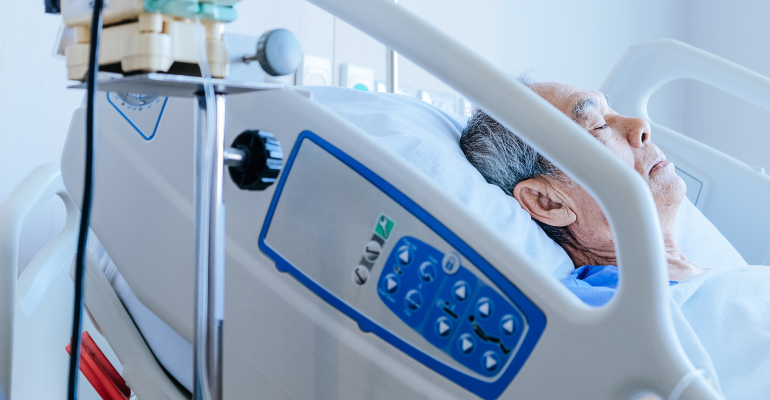Traditional methods are being replaced across healthcare pillars, patients are more aware of treatment options, and physicians and healthcare facilities are focused on ensuring positive patient outcomes are met. Inclusive of treatment and care, medical furniture plays a pivotal role in establishing comfort, safety, and convenience. Hospital facility managers have various factors to consider such as ergonomics, bariatric patients, cleanability and aesthetics to ensure patient experience meets expectations.
It is necessary for furniture in the hospital to be ergonomically correct, for patients and specialists in the hospital. Caregivers can experience serious strain while supporting patient transfers, walking, or standing for extensive periods of time during their shifts, or by being seated for long durations while entering patient information on systems.
According to a study published in the International Journal of Industrial Ergonomics, hospital beds designs can effectively minimise physical strain for healthcare workers and patients. A steering lock and adjustable push height were assessed during patient transportation using perceptual responses and measures of performance and physical demands. The bed contour feature was established based on patient sliding distance during bed raising/lowering being repeated.
Results showed reduced number of adjustments required during bed movements by using the steering lock by 28 percent and reduced ratings of physical challenges. The adjustable push height minimised shoulder moments by 30 percent and the bed contour feature reduced patient sliding distance by 40 percent, over 12 raise/lower cycles. These findings display that steering lock and adjustable push height features can reduce the strain placed on healthcare workers efficiently.
Smart technologies
Designs that support smart technology devices are also becoming popular, furniture with smart features such as beds connected to EMR networks to send patient data and help nurses monitor patient statistics such as movement and weight changes, are proving to revolutionise patient care environments. Efficient, they surpass the conventional medical furniture features, with innovative integrations enabling physicians to oversee any changes even remotely.
Smart beds are also enabled to detect patient movement and alert a caretaker if the patient is struggling to move or if beds are occupied. It can also make adjustments to ensure the patient is positioned correctly and supported. Sensors under the mattresses of the bed, as well as other wireless equipment like wearable heart monitors, can monitor the health of the patients. In addition, another feature of many smart beds is placing a pressure cushion on the arms of the bed to alert the caretaker when the patient gets out of bed, therefore current hospital beds can distinguish the patient leave from the bed alarm. After the alarm from the bed goes off, the nursing staff quickly notices this movement.
Enchaining patient comfort and safety during their hospital stay, especially extended periods is a focal point in “smart bed” advancements. Patient safety also remains paramount; however, the Affordable Care Act (ACA) representing the US healthcare system, has prioritised patient satisfaction and comfort.
The escalation in innovation and patient preference has given rise to the ‘smart bed’ with the segment expected to increase at a rate of 4.2 percent in the next years. According to IBISWorld's market research report, the industry was valued $2.5 billion in 2012.

